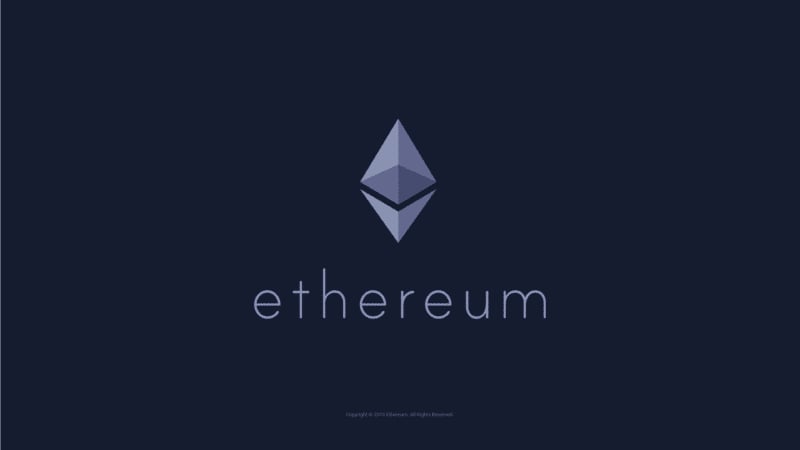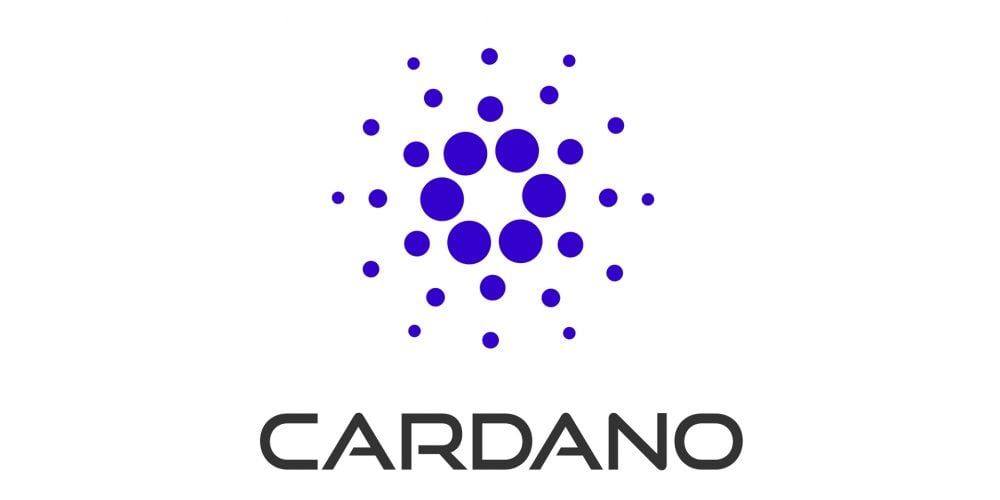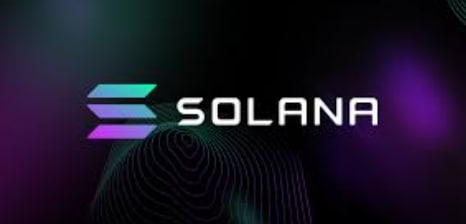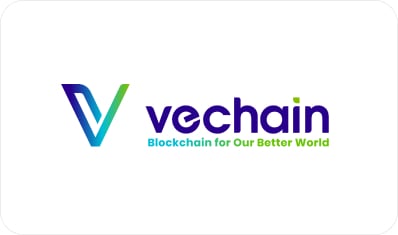Staking crypto has become one of the most popular ways for investors to earn passive income while supporting the security and operations of blockchain networks. As we move into 2025, certain coins are standing out for their staking potential, offering both high rewards and reliability. With staking, investors have the chance to lock up their assets and earn returns based on the coin’s performance, staking rate, and network activity.
In this guide, we’ve compiled a list of the top 12 crypto coins to stake in 2025, focusing on those that provide the best balance of profitability, stability, and community support. Whether you’re a seasoned staker or new to the crypto scene, these coins can help you maximize your earnings while staying engaged with the blockchain ecosystem.
This guide to crypto to staking in 2025 will cover the standout coins and why they’re worth considering, offering a fresh perspective on the latest staking opportunities. We’ll dive into the unique features and potential rewards of each, breaking down the factors that could make or break your staking journey this year. So, let’s explore the new staking frontier and simplify the decision-making process—because the crypto landscape never stands still, and neither should your investments.
How to Choose the Right Crypto for Staking?

Selecting the right crypto for staking is crucial to achieving profitable returns. With various coins available, here are key factors to consider before staking:
1. Annual Percentage Yield (APY)
The APY reflects the expected percentage of return over a year. Different coins offer varying APY rates, so it’s essential to compare these when selecting a coin to stake. Keep in mind that higher APYs may come with increased risk, so balancing risk and reward is crucial.
2. Staking Period Requirements
Certain cryptos require you to lock your assets for specific time frames, known as the staking period. Some coins offer flexible staking, allowing you to withdraw anytime, while others have fixed durations. Ensure the staking period aligns with your investment goals and liquidity needs.
3. Network and Coin Popularity
Popular networks with active communities and high trading volumes tend to have more secure and rewarding staking environments. Established networks like Ethereum, Cardano, and Solana are generally safer due to their robust ecosystems and active user base.
Also Read: 10 Best Technical Indicators for Crypto Trading in 2024
4. Staking Mechanism
Not all staking systems operate the same way. Some use Proof of Stake (PoS), while others might use Delegated Proof of Stake (DPoS) or other variants. Knowing the staking mechanism can help you understand potential rewards and risks associated with each coin.
5. Inflation and Coin Supply
Some staking rewards come from minting new coins, which can lead to inflation. Check the supply and inflation rate of a coin to understand how staking might impact its future value.
By keeping these factors in mind, you can identify the best coins that align with your risk tolerance, investment horizon, and financial goals.
How Does Crypto Staking Work?
Crypto staking is like putting your money to work on the blockchain, helping the system stay strong and secure. Imagine lending your crypto assets to support a blockchain network and, in return, earning rewards. Staking means locking up some of your crypto to help with transaction validation on certain blockchain networks. Let’s dig into how it works:
Supporting the Network with Validators
- Certain blockchains use Proof of Stake (PoS) to verify transactions. Instead of miners, these networks have validators who do the checking and balancing.
- When you stake, you let a validator use your coins to secure the network, acting almost like a team effort. As a reward, you’ll get a share of transaction fees and even some extra crypto from block rewards.
How Rewards Work
- Staking isn’t just helpful for the network; it also pays off for you. When you stake, you’ll earn rewards, usually in the same type of crypto you’ve staked.
- How much you earn can vary based on factors like Annual Percentage Yield (APY), the amount you stake, and how well your chosen validator performs.
Risks to Know About
- Staking might sound easy, but it has some risks. If a validator doesn’t follow the rules or if the network has issues, you could lose some of your staked coins.
- Another thing? Market prices can swing up or down. If the value of the coin drops, so does the real value of your rewards.
Why Consider Staking?
Staking offers a way to earn passive income with crypto, but it’s crucial to understand both how it works and what risks you might face. Taking a moment to look over each coin’s rules and potential returns can make a big difference in your staking experience. Staking could be a low-key path to growing your crypto while playing a part in blockchain security!
Top 12 Crypto Coins to Stake in 2025

Staking cryptocurrencies has become a favored strategy for investors aiming to earn passive income while supporting blockchain networks. As we approach 2025, several crypto assets stand out for their staking potential. Below is an updated list of the top 12 cryptocurrencies to stake in 2025, considering potential returns, network security, and staking ease.
1. HeLa (HLUSD)
 HeLa Labs is a Layer 1 blockchain designed to support AI infrastructure, with an emphasis on decentralization and modularity. By minting and staking a Guardian Node NFT, participants can earn rewards through $HELA emissions over a four-year vesting period, encouraging a long-term commitment to network stability. The staking process provides community members an opportunity to play an integral role in network security and governance. HeLa Labs is particularly appealing to tech-savvy stakers interested in supporting next-generation AI and blockchain infrastructure projects.
HeLa Labs is a Layer 1 blockchain designed to support AI infrastructure, with an emphasis on decentralization and modularity. By minting and staking a Guardian Node NFT, participants can earn rewards through $HELA emissions over a four-year vesting period, encouraging a long-term commitment to network stability. The staking process provides community members an opportunity to play an integral role in network security and governance. HeLa Labs is particularly appealing to tech-savvy stakers interested in supporting next-generation AI and blockchain infrastructure projects.
- APY: Varies based on network participation
- Minimum Staking Amount: Requires holding a HeLa Guardian Node NFT
2. Ethereum (ETH)

With Ethereum’s shift to Proof of Stake (PoS), staking ETH has become a key way to participate in the network’s security and earn rewards. Validators need 32 ETH to stake independently, though numerous platforms allow pooled staking for smaller contributions. This approach reduces barriers, making Ethereum accessible to those with less capital. Stakers earn a share of transaction fees and newly minted ETH, providing a steady passive income. Ethereum’s consistent development and growing ecosystem make it a popular staking option.
- APY: Around 4-6%
- Minimum Staking Amount: 32 ETH for solo staking; smaller amounts on pooled platforms
3. Cardano (ADA)

Cardano’s staking system is user-friendly and flexible, with no requirement to lock up ADA for rewards. Investors receive payouts approximately every five days, making ADA ideal for those seeking regular returns without tying up their funds for extended periods. Cardano’s emphasis on security and scalability has led to a rapidly growing user base. With Cardano’s continued upgrades and development initiatives, ADA remains a favored choice for stakers looking for an accessible and secure platform.
- APY: Around 4-5%
- Flexible Staking: No mandatory lock-up period
4. Polkadot (DOT)

Polkadot uses a unique parachain architecture, enabling cross-chain compatibility and robust scalability. While it offers high staking rewards, there’s a 28-day unbonding period, requiring a commitment to keep funds locked for nearly a month. Stakers contribute to Polkadot’s ecosystem by securing its network and supporting the growth of its innovative parachain model. For investors willing to stake for longer periods, Polkadot provides some of the highest rewards available, ideal for those with a long-term vision.
- APY: Around 13-15%
- Minimum Staking Amount: Roughly 1 DOT
5. Solana (SOL)

Solana has gained traction due to its fast transaction speeds and scalable architecture, making it appealing for staking. Unlike many networks, Solana doesn’t require a minimum staking amount, making it accessible to a wide range of investors. Stakers benefit from low fees and flexible staking, ideal for those looking to maximize liquidity while participating in staking. Solana’s growing ecosystem of decentralized applications adds further appeal, positioning it as an attractive choice in 2024.
- APY: Around 6-8%
- Minimum Staking Amount: None
6. Avalanche (AVAX)

Avalanche’s consensus protocol, known for its low energy consumption, appeals to eco-conscious investors and developers alike. With staking terms from 14 days up to a year, Avalanche allows users to select their preferred staking period. The network offers strong rewards with flexible terms, suitable for those who want options in their investment timeline. As a platform prioritizing decentralized finance and scalability, AVAX staking can yield significant returns for those looking to engage in eco-friendly blockchain technology.
- APY: Around 8-10%
- Minimum Staking Amount: 25 AVAX
7. Cosmos (ATOM)

Cosmos, often called the “Internet of Blockchains,” enables different blockchains to interact seamlessly. ATOM staking is relatively flexible, with users free to choose withdrawal options that suit their preferences. Cosmos staking has competitive returns, attracting investors seeking both passive income and involvement in blockchain interoperability. The ATOM ecosystem’s scalability and ease of use have solidified Cosmos as a top choice for those interested in the next phase of blockchain connectivity and growth.
- APY: Around 8-10%
- Minimum Staking Amount: None
8. Tezos (XTZ)

Tezos distinguishes itself with a staking process known as “baking.” Investors can delegate XTZ to network validators, called bakers, to receive rewards. With no strict lock-up period, Tezos staking allows for quick access to funds, making it suitable for short-term strategies. Rewards are distributed every three days, providing frequent returns. As a network with self-amending protocols, Tezos is ideal for stakers seeking innovation and adaptability.
- APY: Around 6-7%
- Flexible Staking: No mandatory lock-up period
9. Near Protocol (NEAR)

NEAR Protocol offers high staking rewards and user-friendly staking mechanics, making it accessible to newcomers and seasoned investors alike. NEAR’s unique sharding design boosts scalability and transaction speed, creating a highly efficient staking experience. Its low minimum staking amount and competitive APY cater to a diverse range of investors. NEAR Protocol’s focus on usability and developer support positions it as a promising choice in 2024.
- APY: Around 10-12%
- Minimum Staking Amount: 1 NEAR
Also Read: What You Kneed to Know About FUD in Crypto
10. Algorand (ALGO)

Algorand takes a simple approach to staking, rewarding users just for holding ALGO in a wallet. This feature provides ease of use and accessibility, as no specific staking action is required. Algorand’s ecosystem, known for its sustainability and low transaction costs, attracts both retail and institutional investors. With moderate APY and straightforward staking mechanics, ALGO is suitable for investors focused on convenience and reliability.
- APY: Around 5-6%
- Flexible Staking: No mandatory lock-up period
11. Harmony (ONE)

Harmony is built with cross-chain compatibility in mind, allowing seamless transactions across different blockchain networks. Staking ONE provides a relatively high APY, and its short lock-up period allows for more flexible investment strategies. Harmony’s efficient design reduces gas fees and improves staking returns, making it an accessible choice for many. Investors benefit from its low entry threshold and versatile staking options.
- APY: Around 9-10%
- Flexible Staking: Short lock-up period
12. VeChain (VET)

VeChain’s staking system stands out, as VET holders earn VTHO tokens simply by holding their assets. This unique setup allows participants to generate rewards passively, ideal for those seeking stability without active staking. VeChain’s dual-token system provides rewards in a steady, predictable manner, suiting investors interested in reliable but modest returns. With a focus on supply chain applications, VeChain attracts both businesses and individual investors alike.
- APY: Around 1-2%
- Flexible Staking: No mandatory lock-up period
Staking these top crypto assets provides not only passive income but also a way to actively support and secure blockchain networks. Each cryptocurrency has its own staking dynamics, making it essential to choose a coin that aligns with your goals and risk tolerance. By carefully evaluating the staking terms, potential rewards, and flexibility, you can enhance your crypto portfolio with strategic staking investments in 2025.
Pros and Cons of Crypto Staking

While crypto staking can be profitable, it has its advantages and drawbacks. Here’s a look at the main pros and cons:
Pros:
- Passive Income: Staking generates passive income, which can be a low-effort way to grow your crypto holdings.
- Network Security: By staking, you help secure the blockchain, supporting its long-term stability.
- Rewards Variety: Many coins offer varied APYs and staking options, allowing flexibility in building a staking portfolio.
Cons:
- Market Volatility: The value of staked coins can fluctuate, potentially reducing your profits if the coin’s price drops.
- Liquidity Constraints: Some coins have lock-up periods, meaning you can’t access your staked assets immediately.
- Validator Risks: In some systems, poor validator performance can lead to loss of staked funds, known as “slashing.”
Staking offers unique benefits, but it’s essential to weigh these against potential downsides, especially for volatile assets.
Conclusion
In conclusion, staking crypto coins in 2025 offers investors a promising avenue for earning passive income, supporting blockchain networks, and even helping to secure their own investments in the long run. The twelve coins highlighted in this list have been selected for their strong track records, generous staking yields, and, importantly, their potential for growth and sustainability over time. Each of these projects brings something unique to the staking ecosystem, whether it’s a highly efficient consensus model, a supportive community, or a roadmap full of innovative features that could further increase their value.
Investors should consider various factors when choosing which coins to stake, including staking rewards, the staking process itself, minimum staking requirements, and the overall strength and development of the project’s blockchain network. By choosing trustworthy projects with established networks and clear long-term goals, stakers can enjoy a steady flow of rewards while minimizing risks. Beyond potential returns, staking also provides the unique opportunity to become more involved in decentralized networks, helping shape the future of blockchain technology.
As the staking ecosystem continues to evolve with more projects embracing proof-of-stake and other innovative consensus mechanisms, these top twelve coins serve as strong examples of where the best returns and most reliable growth may be found. By keeping an eye on the market and remaining active within each project’s community, investors can make informed decisions, grow their portfolios, and participate in blockchain development in a meaningful way. Staking these top coins in 2025 can be a highly rewarding experience, both financially and in terms of deeper engagement with the evolving world of cryptocurrency.
Disclaimer: The information provided by HeLa Labs in this article is intended for general informational purposes and does not reflect the company’s opinion. It is not intended as investment advice or recommendations. Readers are strongly advised to conduct their own thorough research and consult with a qualified financial advisor before making any financial decisions.

Joshua Soriano
I am a writer specializing in decentralized systems, digital assets, and Web3 innovation. I develop research-driven explainers, case studies, and thought leadership that connect blockchain infrastructure, smart contract design, and tokenization models to real-world outcomes.
My work focuses on translating complex technical concepts into clear, actionable narratives for builders, businesses, and investors, highlighting transparency, security, and operational efficiency. Each piece blends primary-source research, protocol documentation, and practitioner insights to surface what matters for adoption and risk reduction, helping teams make informed decisions with precise, accessible content.
- Joshua Soriano#molongui-disabled-link
- Joshua Soriano#molongui-disabled-link
- Joshua Soriano#molongui-disabled-link
- Joshua Soriano#molongui-disabled-link

